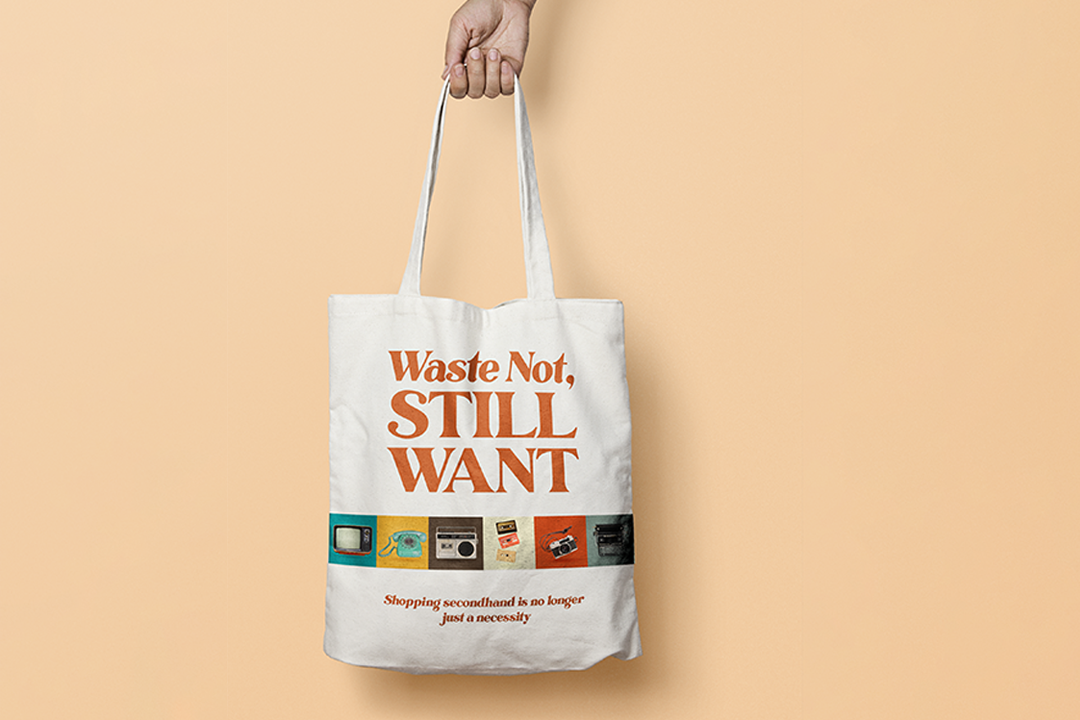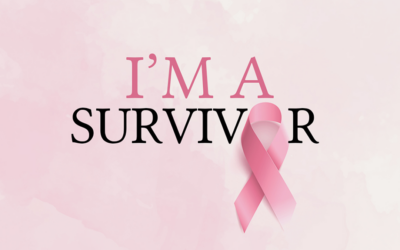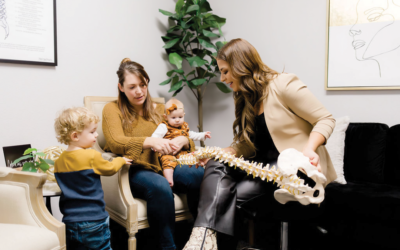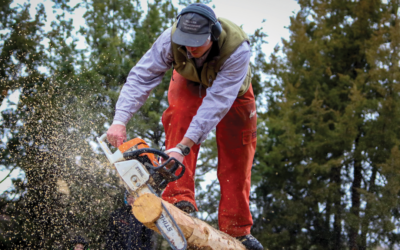Stacy Koeckeritz isn’t just the owner of Eco-Thrift and Funktional. She’s also a believer.
She’s a believer in her Fort Collins thrift stores because she looks at them as a service. She even compares herself to a folk hero.
“I get to play Robin Hood,” Koeckeritz says. “I redistribute excess the way I see fit.”
Koeckeritz had a history of working in social justice and sustainability, and so, after being a regular customer at Eco-Thrift throughout its two-decade existence, she decided to buy it. Her kids were old enough to attend school at that point, giving her time to run the place.
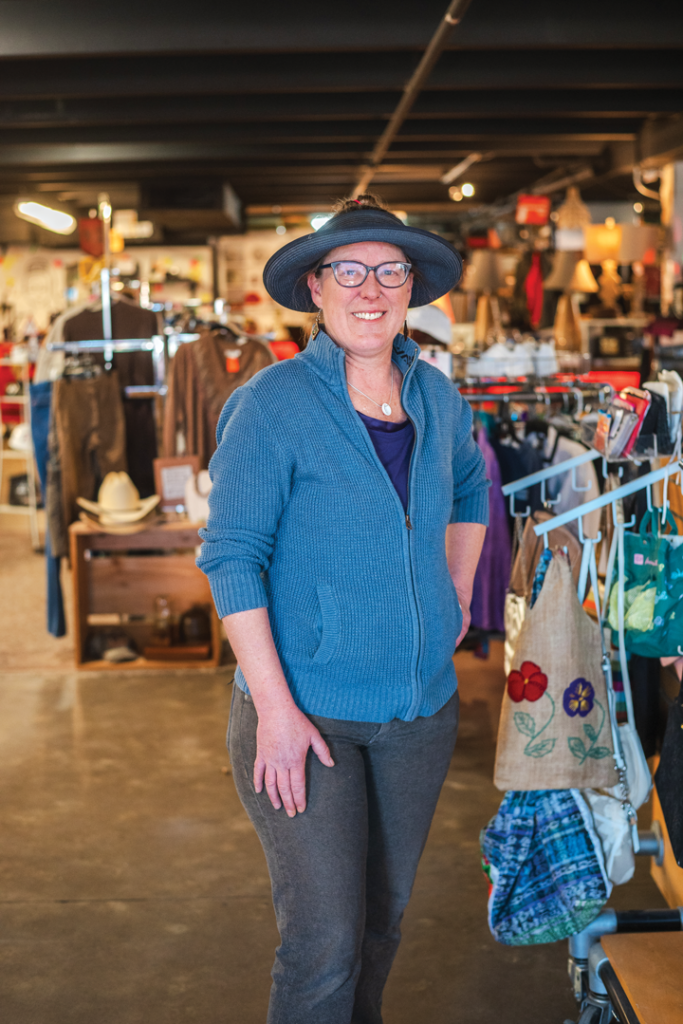
Stacy Koeckeritz. Photo by Jordan Secher.
Buying secondhand clothes, furniture and maybe something quirky to hang on your wall doesn’t carry the same stigma it once did. In fact, Koeckeritz sees customers from all income brackets, something acknowledged by many thrift store owners in Northern Colorado. “Thrifting” is even kinda hip, and not just for the cool verb. It’s a trend Koeckeritz acknowledges with Funktional, her “boutiquey” thrift store smartly placed near Colorado State University. Some thrift stores even consider themselves “vintage” instead of secondhand and charge higher prices to prove it.
But thrift stores are also a reflection of the values of some owners who want to change the way we consume. Perhaps this is why Larimer County lists thrift stores on its website under the solid waste disposal section.
Koeckeritz sees her stores and her partnership with Dana Guber, a founding member of Rubble Art Collective, a makerspace located inside Eco-Thrift, as a subtle way to spark change. Koeckeritz’s main goal is to give products a second life instead of tossing them in the landfill. She also has a tool library for home improvements and a donation center for those experiencing homelessness (she estimates that she gives away $50 in products a day). She even has a gender-neutral clothing space for those exploring their identity, and she likes that a few are irritated by that, which also can serve a purpose, she says.
“Behavior change is big for me,” Koeckeritz says. “I want to create spaces in which we can rub elbows with different people without it feeling confrontational.”
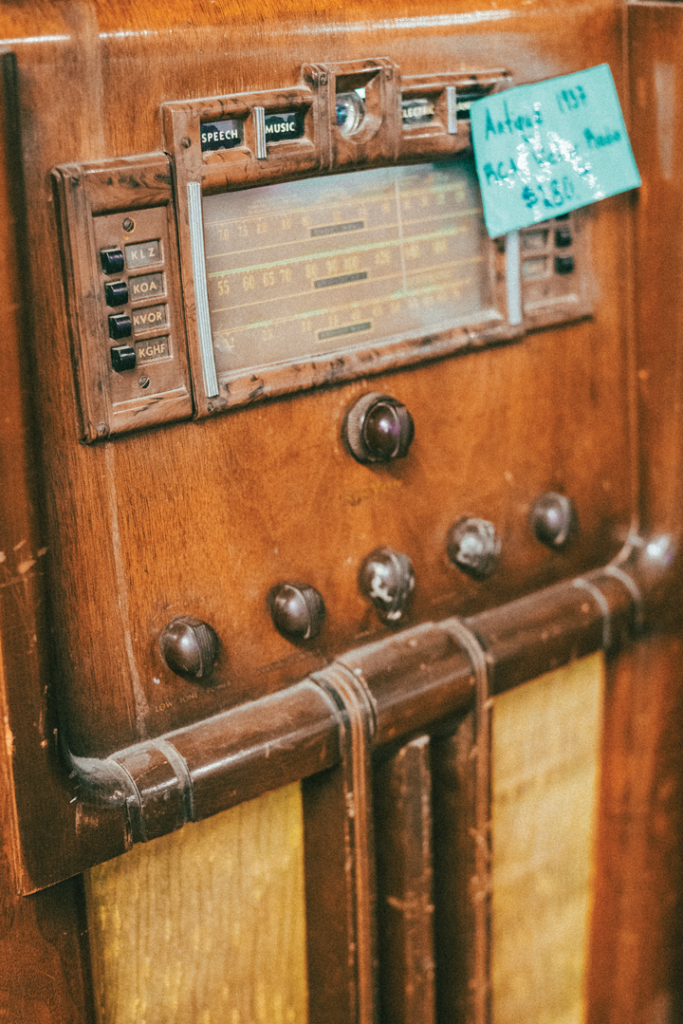
Antique radio at Funktional. Photo by Jordan Secher.
Same stores, smaller stigmas
Even if attitudes are changing about thrift stores, at least to a degree (Koeckeritz admits the stigma still somewhat exists), many thrift stores themselves haven’t changed all that much. They are still places to get bargains on pre-owned merchandise that is, many times, in surprisingly good shape.
Habitat for Humanity’s ReStores in Greeley, Fort Collins and Loveland (and nationwide) provide affordable furniture and household goods, including seasonal items such as Christmas trees, and many other quirky things, like cuckoo clocks, steins and washcloths featuring He-Man and other cartoons of the 80s. The ReStores help Habitat cover many of the costs associated with building new homes, and all goods are at least 30-50 percent off retail, even if they are new (85 percent are used). They’ll take just about anything that isn’t broken, torn or stained. It is true that Habitat clients come in often.
“But I’d say most of the people here are just regular people who want a bargain,” says Lew Sevestre, manager of the Greeley ReStore.
The Assistance League, another national nonprofit, pays for its philanthropic programs with its own network of thrift stores. The organization has been operating for more than 50 years.
“We definitely meet the needs of the lower-income community,” says Debbie Peterson, president of the Greeley chapter, “but honestly, we get all types.”
Sales have jumped since the pandemic for many thrift stores. The Assistance League used to think a day with $800 in sales was a good day, but now they regularly do $2,000 per day. There are practical bargains, such as greeting cards, which they sell for less than a quarter (compare that to $6 a card), and baby clothes, which they sell for a tiny fraction of what you’d find at chain stores. Books cost $1 or less.
“It’s hard to find anything that costs more than $5,” Peterson says.
There are some things the nonprofit receives through donations that they price as collectables. For example, a box of crayons that aren’t made anymore went for $250. Occasionally they get mink coats or goods from other countries that aged well or are considered antiques. The organization sells most of the high-end stuff on Facebook Marketplace, Peterson says, because she wants customers to think of the store as a thrift store and not a treasure trove of expensive, rare items like those at antique stores.
The Assistance League, like many thrift stores, welcomes donations, but sometimes they’re overrun with items. When that happens, Peterson says they give some things to other organizations and keep the volunteers who run the store busy with sorting goods and readying them for sale.
“That’s a job that never ends,” she says.

Records found at Funktional. Photo by Jordan Secher.
Vintage, not “used”
Some businesses don’t consider themselves thrift stores, even when their owners acknowledge that the concept is similar but with higher prices and hipper products. One of these places is Vintage Marketplace, a Fort Collins store with more than 80 vendors.
“We really call ourselves boutique-style vintage,” says owner Kim Mary, “but you know, it is thrifting. It’s what people are calling it now. It used to be called ‘antiquing’ and even ‘junking.’”
Mary’s business model works more like a flea market, she says, because she rents booth spaces to sellers, all the merchandise goes through one checkout stand and she collects a commission from those sales.
But she doesn’t necessarily like calling her shop a flea market. Boutique-style vintage, to her, means more fashionable clothing and items with character. Vendors sell concert T-shirts from the 1950s to the 2000s, for instance, and those are popular and in style, she says.
“Good vintage clothing is pretty big right now,” Mary says.
Because of the vintage trend, she sees more young shoppers than people over age 50, she says. Many of her customers are ages 16-30.
“It’s not about saving money with them,” Mary says of her younger customers. “It’s more because it’s cool stuff. If they find good things at a better price, then great.”
Many online shops such as Facebook Marketplace have embraced the model eBay pioneered, with people selling stuff they no longer want. Store owners like Mary have taken notice.
“I’m actually in the process of building an online store,” she says. “That’s how everyone shops now.”

The Extra Mile.
Diverting gear from the landfill to the garage
Other resale businesses have cropped up for environmental reasons, like the kind that sparked Koeckeritz to buy Eco-Thrift. Dan Wiesner and his wife opened The Extra Mile, a secondhand outdoor gear and bike store, in downtown Loveland five years ago after outfitting their children for the outdoors and reselling their gear when they outgrew it.
“I do like selling used gear because I feel good about it,” Wiesner says, “and I have customers who want to buy it. I like knowing that you’re not contributing to the continual overproduction of stuff or that your purchase isn’t using more resources.”
Though Wiesner’s prices are good, many customers tell him they simply prefer to buy used gear for environmental reasons. He sells new gear as well as used, and he has a consignment area rather than taking donations.
“We sell quite a bit of used,” he says. “That’s our niche.”
Outdoor gear fits that aesthetic, Wiesner says, because many times simply trying a sport requires gear. You can’t bike up a mountain, for instance, without a mountain bike. It’s hard to climb one without hiking boots, a backpack, a good jacket and an emotional support water bottle. Wiesner also sells a lot of ski gear.
“They’re not sure they will stick with their sport,” Wiesner says, “so they can buy used and not break the bank.”
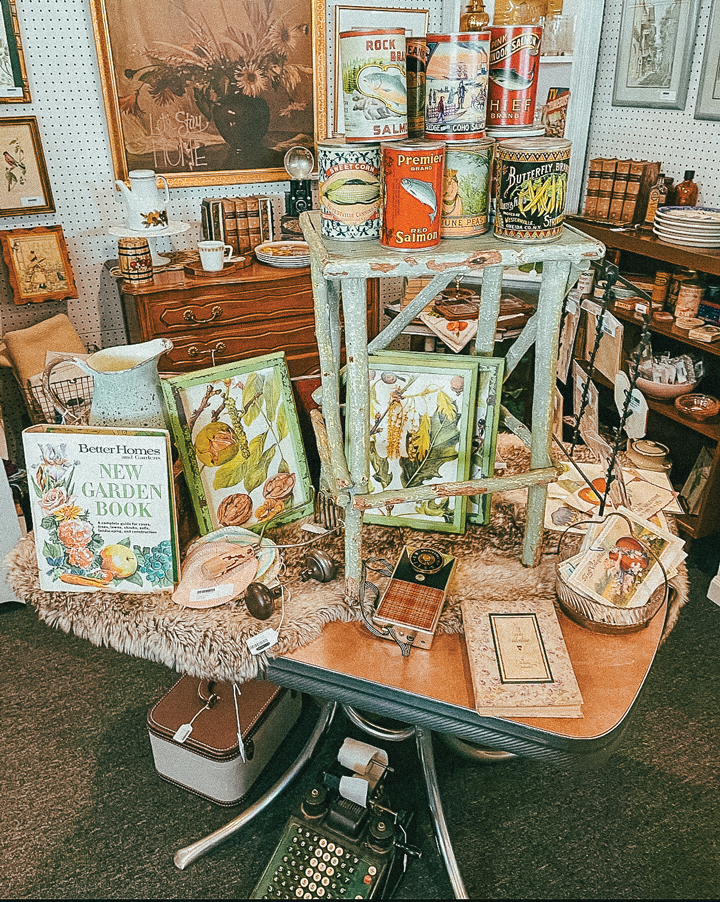
Vintage Marketplace
Secondhand arts and crafts
Guber, of Rubble Art Collective, partnered with Eco-Thrift to have a space decided to art supplies in the store. The idea is to save money, which is never a bad idea for artists, but to also allow them to try out different mediums without investing a ton in different projects. She patterned the idea after Who Gives A Scrap, a secondhand arts and crafts store in Fort Collins that has since closed.
“It was a place where you could donate art supplies, clear out your space or find whatever you wanted and get inspiration,” Guber says of the defunct store.
She takes pride in shopping at thrift stores. She likes contributing to the cause and belonging to a space that aligns with her values. Her art collective and Koeckeritz’s tool library, which allows anyone access to 500 tools for $9 a month, also makes her happy. Some of her own artwork incorporates thrifted materials and supplies.
“I personally never like to buy new stuff unless I absolutely have to,” she says. “Anything that’s even a small solution to not investing in our super wasteful global economy is a good thing for me.”


